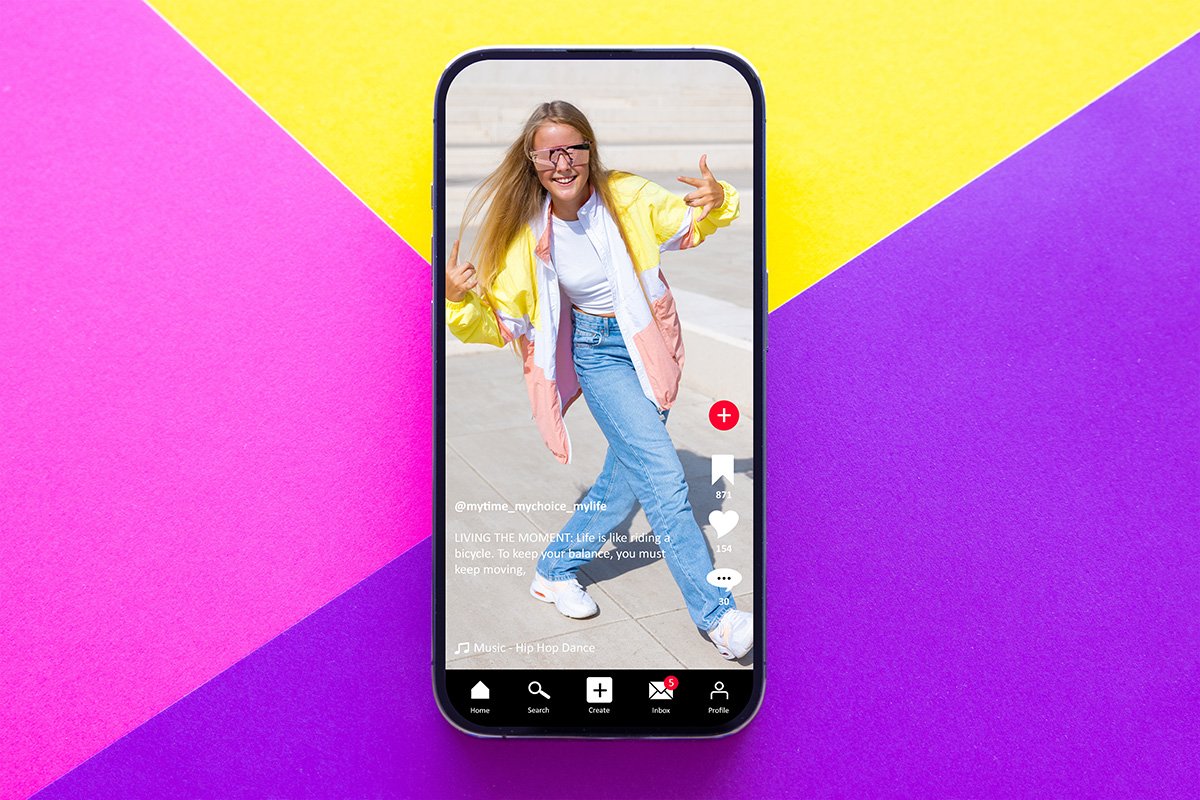
Social Video Content: Driving Your Social Media Strategy to New Heights
In today’s digital age, social video content has emerged as one of the most powerful tools in a brand’s social media strategy. With over 80% of internet traffic projected to come from video by 2025, businesses can no longer overlook the importance of incorporating video into their social media plans. Whether promoting a product, telling your brand’s story, or engaging with your community, social video content can drive brand awareness, boost engagement, and help achieve business goals like never before.
Let’s explore how social video content reshapes social media strategies and why it should be at the heart of your marketing efforts.
Why Video is the King of Content
Social media platforms like Instagram, Facebook, TikTok, and YouTube are evolving to prioritize video content. There’s a reason why video outperforms other types of content—people are wired for it. Here are some key statistics that underscore the power of social video:
● Higher Engagement: Video generates 1200% more shares than text and images combined.
● Improved Retention: Viewers retain 95% of a message when delivered in video form, compared to just 10% when read in text.
● Boost in Conversions: Video content can increase conversion rates by up to 80%, making it a powerful tool for driving sales and customer action.
Video Content Formats That Fuel Social Strategy
1. Short-Form Video (TikTok, Instagram Reels, YouTube Shorts)
2. Live Streaming (Instagram Live, Facebook Live, YouTube Live)
3. Explainer Videos
4. User-Generated Content (UGC) & Testimonials
5. Storytelling Videos
Best Practices for Social Video Content
1. Capture Attention Early
The first few seconds of your video are critical. You have moments to capture attention in a world of endless scrolling. Use dynamic visuals, compelling captions, or a question to hook the viewer from the start. Consider using a bold opening that grabs the viewer’s interest—whether it’s an unexpected moment, an intriguing statement, or a visually stunning image.
2. Keep It Concise
Brevity is key on social media. While the ideal length will depend on the platform, shorter videos (30-60 seconds) tend to perform best. Focus on delivering your message quickly and avoid unnecessary fluff. If your video is longer, break it into segments or series to keep viewers engaged and returning for more.
3. Mobile Optimization
Over 50% of social media users access platforms via mobile devices, so optimizing your videos for mobile viewing is essential. This means considering the aspect ratio, using subtitles (since many videos are watched without sound), and ensuring the content looks good on smaller screens.
4. Consistency is Key
Like any content strategy, consistency matters. Whether posting once a week or multiple times daily, ensure your video content aligns with your brand’s overall voice and style. Consistency helps build brand recognition and keeps your audience engaged over time.
5. Call to Action (CTA)
Every video should include a clear and actionable CTA. Whether you want your audience to visit your website, share your video, sign up for a newsletter, or purchase a product, make sure your CTA is clear, compelling, and easy to follow.
How Social Video Content Drives Your Social Strategy
1. Boosts Engagement & Reach
2. Improves Brand Awareness
Through video, brands can present a more personal side of themselves, making it easier for potential customers to connect. By incorporating storytelling, visual elements, and real-life experiences, videos are more memorable and have a more substantial emotional impact. Over time, this leads to higher brand awareness and recognition.
3. Increases Conversions and Sales
Video content can directly impact sales. Consumers are more likely to convert after viewing a product video or tutorial. Videos demonstrating a product’s features or showcasing how it solves a problem are particularly effective at nudging users down the sales funnel.
4. Provides Insights into Audience Behavior
Final Thoughts
Social video content is no longer a nice-to-have feature in your marketing strategy—it’s necessary. It offers unparalleled opportunities to engage with your audience, build brand awareness, and drive conversions. As consumer behavior shifts towards more dynamic and interactive formats, brands embracing social video will have a significant edge over those not.
If you’re not already leveraging video content, it’s time to start. Whether through short-form videos, live streaming, or customer testimonials, integrating social video into your strategy is one of the most effective ways to grow your brand and stay ahead in an ever-changing digital landscape.
